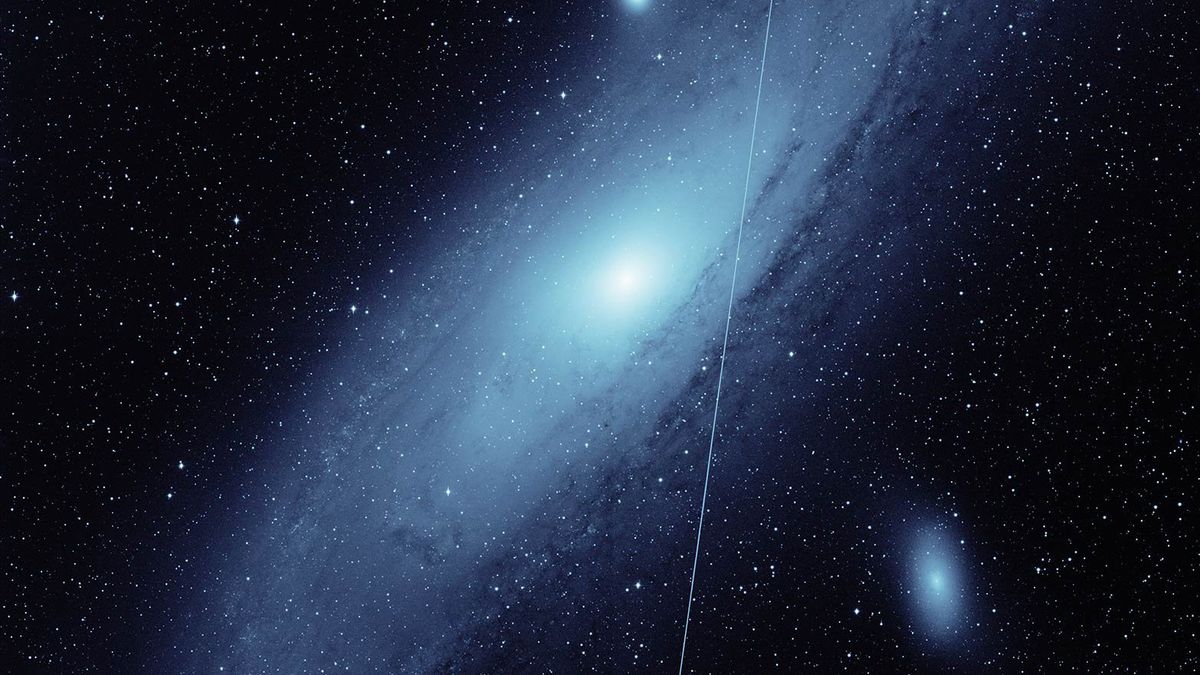
SpaceX's visors on Starlink satellites have helped, but the streaks are still there.
A prime ground-based observatory that scans the sky for exploding stars and dangerous near-Earth asteroids is struggling with disruptive light streaks from SpaceX's Starlink internet satellite constellation, a new study revealed. .
A new review of its observations going back to 2019, the year when SpaceX began launching its ambitious Starlink megaconstellation, has revealed that a considerable percentage of the telescope's views has streaks in it caused by the satellites as they passed overhead.
The ratio of affected twilight images has risen steeply with the growth of the Starlink megaconstellation from only 0.5% in late 2019 to 20% in late 2021.
To date, SpaceX has 1,469 active Starlink satellites and just launched 49 new satellites late Tuesday (Jan. 18), the company's second Starlink launch of 2022.
"We don't expect Starlink satellites to affect non-twilight images, but if the satellite constellation of other companies goes into higher orbits, this could cause problems for non-twilight observations," Przemek Mróz, the lead author of the study and former postdoctoral scholar at California Institute of Technology (Caltech), which runs ZTF, said in the statement. .
The study also found that since SpaceX started installing visors on its satellites, the brightness of the craft went down by a factor of five and so did that of the streaks. .
— Why SpaceX's Starlink satellites caught astronomers off guard .
According to Professor Hugh Lewis, Europe's lead authority on space debris, Starlink satellites are now responsible for more than 50% of collision risk situations between two satellites in orbit.
Megaconstellation operators such as SpaceX plan to regularly replace their technology with newer models and deorbit the old used satellites for burn-up in Earth's atmosphere
She later took a career break to pursue further education and added a Master's in Science from the International Space University, France, to her Bachelor's in Journalism and Master's in Cultural Anthropology from Prague's Charles University. She worked as a reporter at the Engineering and Technology magazine, freelanced for a range of publications including Live Science, Space.com, Professional Engineering, Via Satellite and Space News and served as a maternity cover science editor at the European Space Agency